#Waymo
Is Uber Putting It in Reverse on Autonomous Vehicles?
Is ride-hailing company Uber backing away from self-driving cars now that one of their test vehicles was involved in a fatality?
Following the death of a pedestrian hit by one of Uber’s experimental autonomous vehicles in Tempe, Arizona, the ride sharing company suspended the testing Uber was doing with AVs on public roads in Pennsylvania, Arizona, and California in the United States and Ontario in Canada. Now comes word that Uber has informed California’s Department of Motor Vehicles that it will not be renewing its license to test autonomous vehicles on that state’s public roads. That license expires at the end of this month.
Self-driving Company Waymo to Buy Thousands of High-end, Sporty Jaguar EVs for Taxi Service
Let’s hope future robo-taxi passengers appreciate a sport-tuned suspension and crisp driving dynamics, because there’s a slim chance they’ll notice it when shuttling around in a driverless Jaguar.
On Tuesday, Waymo, autonomous car unit of Google, announced its intent to purchase up to 20,000 Jaguar I-Pace electric crossovers for its future fleet of AV EVs. Fitted with an array of self-driving hardware and software, Waymo says the cars will hit the road in 2020. Testing begins this year, which has us wondering what kind of wait a regular I-Pace customer faces.
Video: Google's Waymo Exhibits the Total Lack of Excitement Inside Driverless Cars
After getting the go-ahead from Arizona, autonomous tech firm Waymo has implemented the first ride-hailing service in the country that doesn’t employ human drivers. One month after securing approval, and with no major incidents to date, the company has begun offering its autonomous taxi service to paying passengers. On Tuesday, Waymo CEO John Krafcik gave a speech at South by Southwest (the indie music festival that evolved into a media and tech bonanza) to showcase how things were getting on.
He said Waymo ditched the Phoenix test drivers and is readying its fleet of driverless Chrysler Pacificas for other parts of the country. The festival was then treated to a short video of passengers yawning. Those yawns are actually trumpets, however, heralding the introduction of autonomous vehicles in North America.
Automated Cars Are Not Able to Use the Automated Car Wash
We’ve been cautiously optimistic about the progress of autonomous driving. The miraculous technology is there, but implementing it effectively is an arduous task of the highest order. A prime example of this is how easy it is to “blind” a self-driving vehicle’s sensors.
TTAC’s staff has had its share of minor misadventures with semi-autonomous driving aids, be it during encounters with thick fog or heavy snow, but truly self-driving cars have even more sensitive equipment on board — and all of it needs to function properly.
That makes even the simple task of washing a self-driving car far more complicated than one might expect, as anything other than meticulous hand washing a big no-no. Automated car washes could potentially dislodge expensive sensors, scratch them up, or leave behind soap residue or water spots that would affect a camera’s ability to see.
Waymo to Purchase 'Thousands' of Chrysler Pacificas for Self-driving Duty
Waymo, the self-driving division of Google’s parent company Alphabet, just announced it has reached a deal to purchase a buttload of Pacifica minivans from Fiat Chrysler Automobiles. Alright, to be fair, it didn’t actually use the term “buttload.” It said Chrysler would provide “thousands” of units, which will ultimately be outfitted for autonomous driving.
Unfortunately, neither company seems willing to disclose an official count. Waymo currently has around 600 self-driving Pacificas in its fleet, so even an extra thousand vehicles would equate to a multi-million dollar deal and the exponential growth of its autonomous development program.
“With the world’s first fleet of fully self-driving vehicles on the road, we’ve moved from research and development to operations and deployment,” Waymo CEO John Krafcik said in an official statement. “These additional vehicles will help us scale.”
Atlanta Becomes Next American City to Host Waymo's Autonomous Test Fleet
Waymo, the self-driving unit of Google parent Alphabet, is testing the crap out of its ever-growing fleet of autonomous Chrysler Pacificas. While we know the company has already mapped dozens of North American towns, the majority of its testing takes place around Austin, Detroit, Palo Alto, San Francisco, Seattle, and especially Phoenix.
However, today the company tweeted out that it will add Atlanta, Georgia, to that list. Presently, Arizona is the only region where Waymo routinely operates vehicles without a human behind the wheel. But that’s liable to change as the firm gets more testing under its belt. Atlantans may be leaning out of car windows to snap photos of driverless vans soon enough.
Despite Being Under Criminal Investigation, Uber Got a Great Deal on Otto
Uber Technologies Inc. received quite a bit of publicity when it purchased autonomous semi truck developer Otto in 2016. Still, it saw even more headlines when it became embroiled in a trade secrets lawsuit with Waymo. That case involved files obtained by Anthony Levandowski, former Google engineer and co-founder of the self-driving truck company, who was accused of selling confidential data to Uber (along with his business).
The bad news is that Uber now the subject of a federal investigation and knee-deep in the aforementioned litigation. But the good news is that it appears to have scored a really sweet deal on Otto.
Waymo Engineer Issues Most Infuriating Car-related Tweet We've Ever Read
The internet is a black hole filled with an endless stream of stupid thoughts and bad ideas. While it’s usually best to ignore it, every so often something breaks through the obnoxious drone of social media that is so egregious, you couldn’t possibly turn a blind eye if you wanted to.
We are obligated to present to you a recent tweet from Vahid Kazemi, a software engineer for Google’s self-driving arm Waymo, and describe how it made us feel.
Video: Check Out Waymo's Self-Driving Cars in Action
After spending most of last week showing off its tech to the media, Waymo is launching its driverless pilot program in Arizona. While the rides won’t technically begin for a few months, you can already get a taste of the action via video footage of company’s trio of testbed Chrysler Pacificas.
It’s impressive to see the Pacificas not run down any pedestrians, especially since none of them seemed to notice being approached by a van without a driver.
During a keynote speech at a tech conference in Lisbon, Portugal, Waymo CEO John Krafcik showed video of the firm’s test vehicles operating on public roads without any human supervision. “This wasn’t just a one-time ride or a demo,” Krafcik told the crowd. “What you’re seeing now marks the start of a new phase for Waymo and the history of this technology.”
Is Human Involvement a Liability When It Comes to Autonomous Driving?
Commuting is awful. Unless you’re fortunate enough to have spartanly populated backroads between you and the office, that drive to work can be excruciatingly dull — with the only excitement coming from near misses and whatever terrible jokes drive-time radio offers up during that hour. When you get right down to it, most daily commutes are little more than unpleasant ways to add miles onto the odometer.
Of course, with the promise of autonomous driving, that experience is supposed to transform into a worry-free jaunt. But there’s a problem. Most self-driving systems of the near future will require operators to pay roughly the same amount of attention they do now. After all, if your car miscalculates a situation, you’ll want to be ready to take over the instant something seems awry. If that’s the direction we’re heading with this technology, I’m starting to think it might just be easier to automate all of our jobs instead of the the method we use to get to them.
However, at least one self-driving firm has abandoned the development of features that would require human intervention — leaving the car to make up its own mind in an emergency situation.
Self-driving Cars Head to Michigan For Winter Testing
There’s something we don’t often hear about when companies discuss the glory of the autonomous car: the lack of functionality of specific hardware during inclement weather.
Camera systems can be rendered ineffective when covered with ice and snow cover of an inch or more can easily obscure lane markings, leaving self-driving cars at a serious disadvantage. LiDAR, which operates using light beams, can be severely thrown in fog or whiteout conditions. Even if a blizzard doesn’t knock out the vehicle’s sensor array, its computer will still have to know how to mitigate slippery road surfaces.
Whether you’re human or machine, winter driving is extremely taxing. But technology companies hoping to build a self-driving car eventually have to move into snowy regions to advance testing. Some of the bigger automakers already have. Ford, for example, has begun extensive regional mapping — hoping to give cars handicapped by poor visibility a leg up.
Waymo has also decided it’s time to throw on a parka and winter tires. It’s heading to Michigan to start cold-weather testing next week.
Waymo Drops Comprehensive Self-Driving Safety Assessment, Tries to Educate Public
Autonomous cars have the unique capability to captivate the public’s imagination while simultaneously making them feel uneasy after considering things on a more practical level. A handful of self-driving related accidents, inconsistent development timetables, and a hands-off regulation strategy haven’t helped. But there is a sense that if the populace had a better handle on what went into making the technology work safely, some of their fears would be put to rest.
This week, Waymo — the relatively quiet autonomous vehicle arm of Alphabet Inc. — made an attempt to do just that. While also making a case for itself and the need for self-driving cars, the company released a 42-page outline of how its autonomous systems function. Written without a lot of technical jargon, the reading remains comprehensive and is one of the best attempts we’ve seen from a company to educate the public — rather than dazzle them with lofty promises.
Not-so-sudden Impact: Waymo Patents a Softer-crashing Car to Safeguard Pedestrians
Autonomous vehicles are being billed as a safer alternative to human-controlled transportation and, assuming the hardware functions as intended, that’s likely to be the case. But eventually a self-driving car is going to smack into a pedestrian and no company wants to hold the honor of being first.
Google’s autonomous vehicle arm, Waymo, is working on a solution to mitigate the liabilities associated with such an incident by patenting a softer car.
Waymo Drops Most Patent Claims Against Uber, Animosity Still Strong
Alphabet Inc.’s autonomous car division Waymo, formerly Google, abandoned three of four patent-infringement claims in its lawsuit against Uber Technologies Inc. in a surprise move on Friday.
Earlier, U.S. District Judge William Alsup specifically asked Waymo to narrow its more than 100 trade secrets claims to fewer than 10 if they ever wanted to place them in front of a jury. During a June 7th hearing, he also said, “I want to reiterate to the plaintiff here that you should think a lot about just dropping the patent part of this case.”
Waymo listened and dumped the majority of its patent claims to focus more heavily on the trade secret issues surrounding the 14,000 files stolen by ex-employee Anthony Levandowski — which is, perhaps, the only thing the two companies can agree upon. Uber is glad to see the focus shift back onto Levandowski, who has been at the core of the case since day one. Now it only has to prove it didn’t pay for access to the data instead of spending time differentiating its own designs from Waymo’s.
Apple, Google, and Autonomous Driving: Way Mo' to This Than Meets the Eye?
Earlier this month, Apple and Google both announced plans to kill off their self-driving car projects in favor of focusing on developing the underlying technology. We reported it here. But it’s a little weird that one announcement came so close on the heels of the other. Apple’s Project Titan, formerly a self-driving car project, will presumably continue to compete with Google’s Waymo, which is a subsidiary for Google’s efforts thus far in the field. It’s a race, even if neither company has acknowledged it as such.
Last we knew, Project Titan was testing self-driving Lexus RX450h SUVs around Silicon Valley, which were first spotted in late April. Waymo was arguably more successful, since they’d actually succeeded in building a fleet of the Firefly self-driving car pod.
Apple and Google are both being vague about this change in plans, as usual, but we already know a fair amount about how these companies interact with auto manufacturers. We just need to look at Apple CarPlay and Android Auto smartphone integration. Some automakers eschew these systems entirely, in favor of their own native smartphone integration and infotainment interfaces. A handful of manufacturers have chosen to support just one or the other.
Many car brands, though, have decided to offer both interfaces to appeal to the most broad range of customers. In this way, Apple and Google both exert considerable influence on automakers based simply on the fact that they sell smartphones.
If Project Titan and Waymo both succeed at becoming functional and user-friendly self-driving car systems, car buyers can expect something similar.





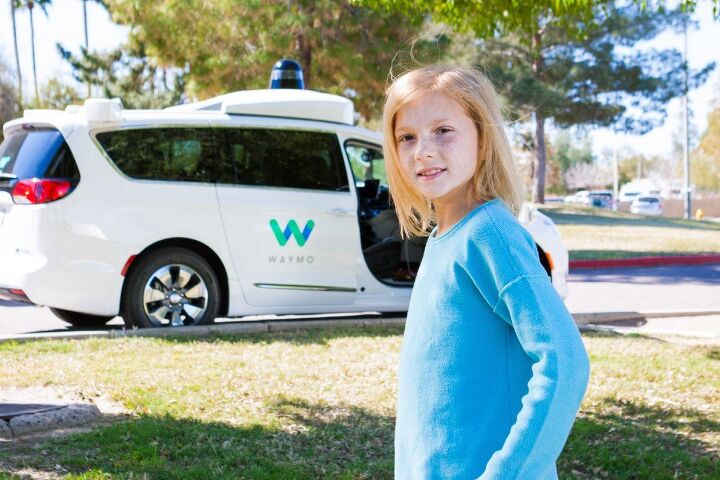

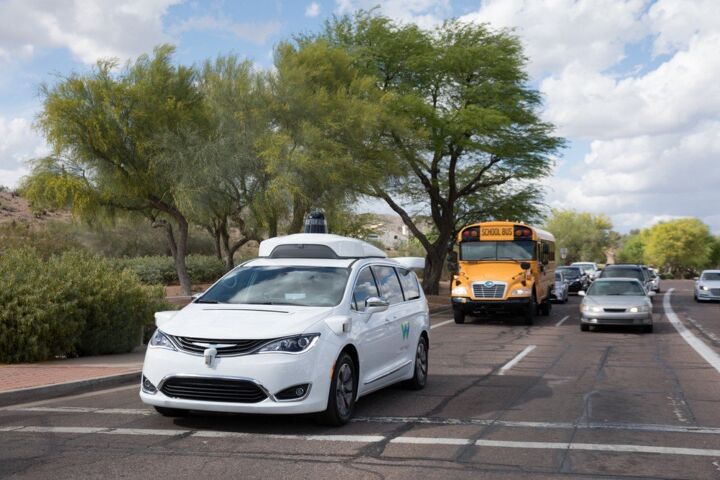
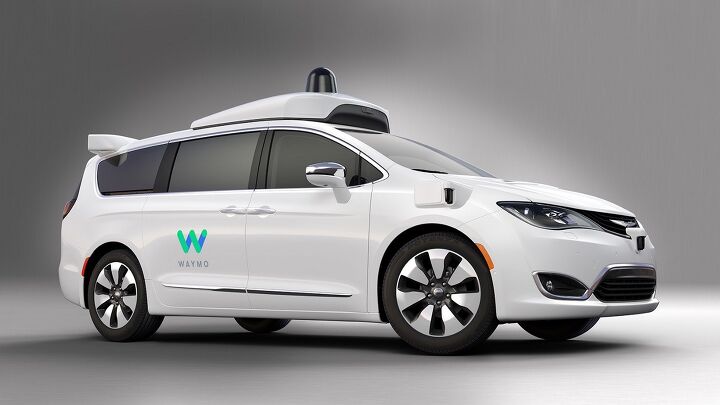

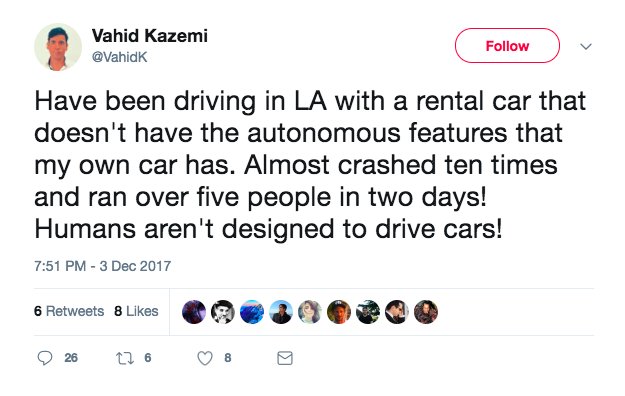
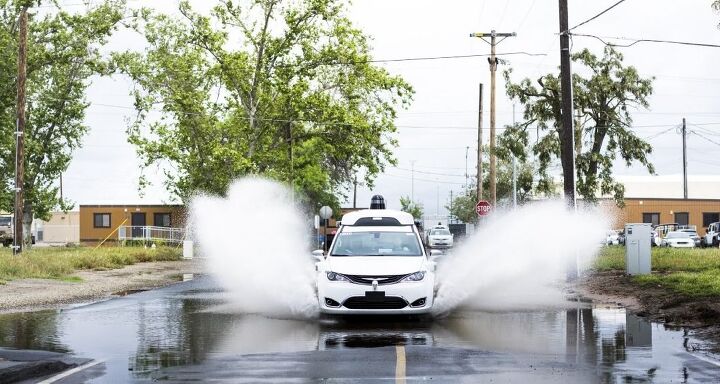

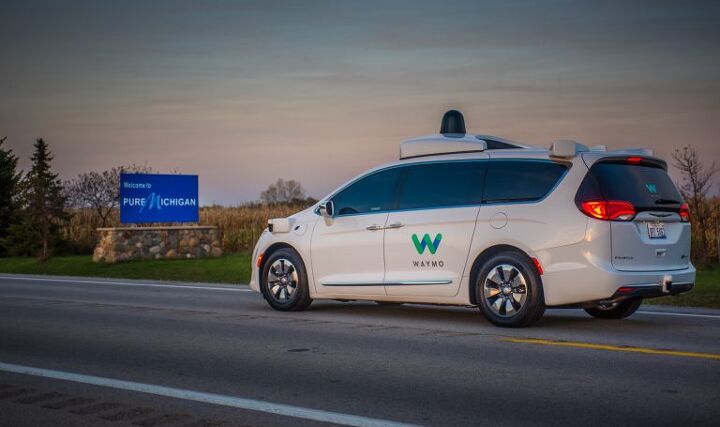


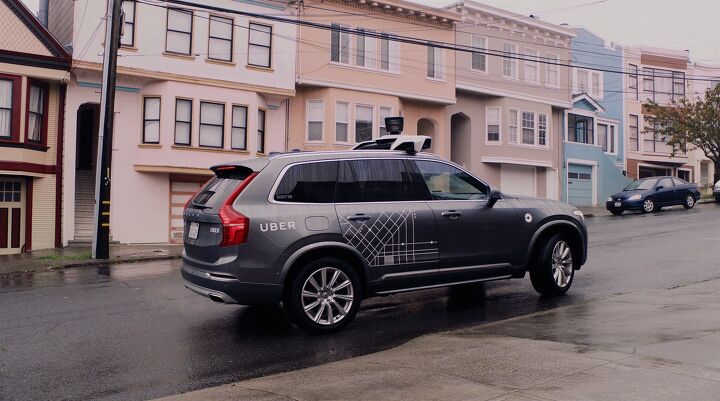













Recent Comments